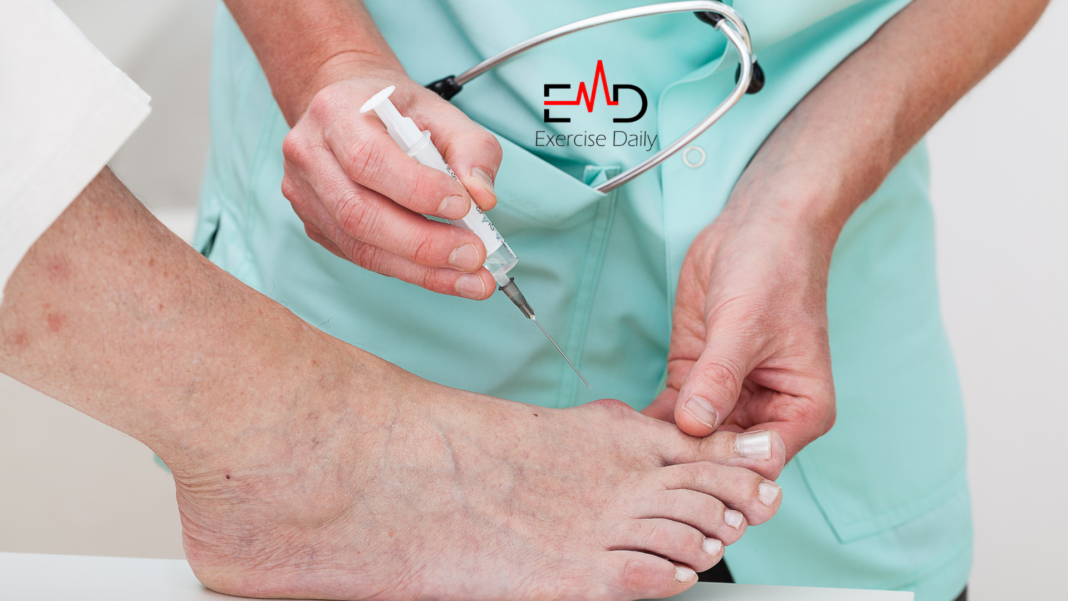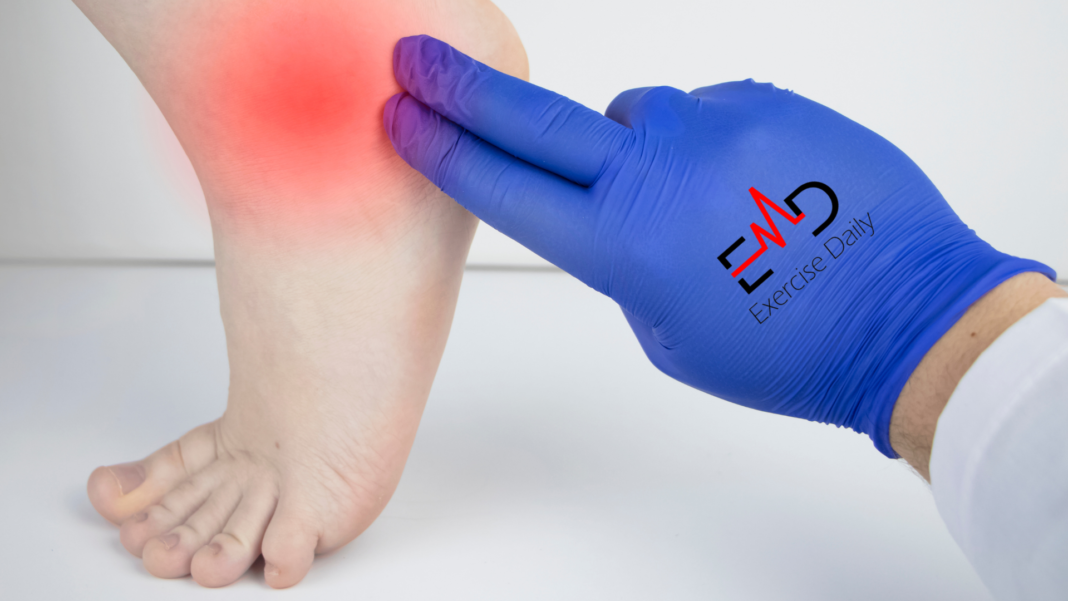Exercise Daily – Tired of having those painful bunions and thinking about how to shrink bunions naturally? If so, then this article is for you!
If it’s sandal or boot season, you may be considering whether it’s time to address that bunion that’s protruding from the base of your big toe.
Hallux valgus is the medical term for this type of bunion. This condition develops when the bone or tissue at the joint at the base of the big toe shifts out of position.
Years of irregular mobility and pressure on the joint cause the big toe to bend inwards toward the other toes, resulting in a bunion on the joint that is sometimes painful.
Bunions are caused by the fact that this joint at the base of the big toe bears the majority of your weight when walking, resulting in severe and continuous discomfort. It is possible for the joint to get so stiff and uncomfortable that it is painful to wear shoes.
Also read: How To Get Rid of Cankles?
What Is A Bunion?
Bump on the side of the big toe, which is what a bunion appears like in appearance.
Actually, this hump is the consequence of a structural anomaly of the foot bones, which causes your big toe to tilt toward your second toe instead of being straight. This is the angle that causes the bump on your toe to appear.
In rare instances, the hump is completely painless. A bunion, on the other hand, will cause the toes to become crowded together over time. This can result in discomfort and, in some cases, a lifelong deformity.
Before moving towards how to shrink bunions naturally, let’s take a look at their symptoms.
What Causes Bunions?
Bunions are usually believed to be a hereditary condition. They develop as a result of a deformed foot structure that is passed down through families.
Flat feet, overly flexible ligaments, and an irregular bone structure are all factors that might lead to the development of bunions.
Some specialists feel that bunions are caused by improperly fitting shoes, while others believe that shoes merely exacerbate an already existing structural issue.
In most cases, bunions deteriorate with time. They can be exacerbated by the following factors:
- Shoes that are too tight or too short, causing your toes to cluster together and putting pressure on your big toe
- High-heeled shoes or shoes with pointed toes should be avoided since these designs squeeze your toes together.
- Being on one’s feet for extended periods of time
- Signs of osteoarthritis in your foot
What Exactly Are the Signs and Symptoms of Bunions?

Signs and symptoms of a bunion may include, in addition to the bump, the following:
- The skin on the side of your big toe is red and irritated.
- Your big toe is pointing in the direction of your other toes
- The skin on the bottom of your big toe is thick and tough.
- Calluses on the second toe of your foot
- Aches and pains in the feet that may be persistent or intermittent
- Your big toe is having difficulties moving
Because of the discomfort associated with a bunion, it may be difficult to move around. Consult your doctor if you have any of the following symptoms:
- Foot pain that doesn’t go away
- Not being able to locate shoes that are comfortable for you
- Your big toe’s flexibility has been reduced
- The presence of a huge lump on or around the joint of your big toe
While talking about how to shrink bunions naturally, it is also important to know how they are diagnosed.
What is the Procedure for Diagnosing Bunions?
Most of the time, a doctor may diagnose a bunion just by looking at the patient’s foot, as many of the symptoms are obvious.
During a physical exam, your doctor may ask you to wiggle your toe back and forth to see if there is any restriction in mobility. If your doctor suspects that you have had an injury or deformity, he or she will request an X-ray.
An X-ray can be used to determine the severity of a bunion as well as its underlying cause. In order to rule out arthritis as a possible cause, a blood test may also be required.
How to Shrink Bunions Naturally?
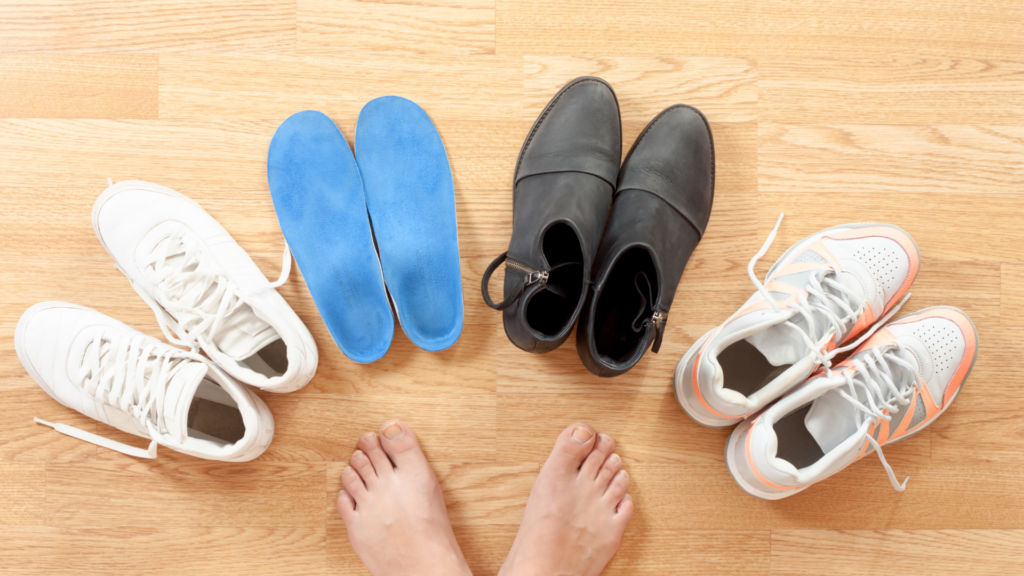
The following are some non-surgical methods that can assist in protecting the region and either shrinking a bunion or preventing symptoms from increasing without the need for surgery.
Change Your Footwear
A bunion is most commonly caused by poorly fitting shoes, so if you notice one developing, check your footwear and replace it with a better-fitting pair as quickly as possible.
Shoes that are too tight, shoes with closed toes, and high heels can all place too much pressure on our toe joint, which can lead to the development of a bunion.
Change to a shoe with more space in the toe box, and you’ll be able to relieve some of the pressure on the big toe joint.
HOKA ONE ONE Men’s Bondi 7 Running Shoe
It’s difficult to beat the Bondi running shoes from Hoka One One when it comes to a well-cushioned sneaker that will keep you injury-free throughout your next run.
The designed mesh top allows the shoe to flex and move with you while you run or walk, which can assist to relieve strain on your bunions and other joints.
The Bondi’s broad, full-length midsole cushioning provides high-performance comfort while also allowing for a smooth, efficient ride on the road.
They are available in men’s sizes 7 to 14 as well as medium, wide, and extra-wide widths for individuals who want more space in the front. They are also available in black.
Despite the fact that Bondi shoes are more expensive than some other running shoes, the quality, performance, and longevity of these shoes make them well worth the investment.
Brooks Women’s Ghost 13 Running Shoe
Painful bunions can put a runner’s training plans on hold, but wearing the proper running shoes can make a significant impact.
With great cushioning in the arches and heels, these famous running shoes from Brooks can alleviate some of the strain on your toes and bunions as you run.
In the heel and lateral side of the shoe, the comfortable DNA Loft foam delivers a smooth, effortless landing, while the responsive BioMoGo DNA foam gives good support and stability beneath the arch.
Aside from that, the shoe’s designed air mesh top gives strategic flexibility and a comfortable fit while also allowing for maximum breathability and ventilation.
It is possible to purchase them in women’s sizes 5 to 13, as well as in narrow, medium, and broad widths.
Maintain a Healthy Weight
The greater the amount of pressure that our feet must disperse, the greater the amount of stress that is placed on our toe joints. You will put less stress on your big toe joint if you drop some weight as a result of this.
Being overweight increases your chance of developing bunions, and the reverse is true in that losing weight might lower your risk or alleviate the discomfort connected with your present bunion.
Shoe Inserts
Orthotic inserts can also assist in preventing our big toe joint from getting strained within the shoe, and they can improve the way our feet disperse pressure when we walk, which in turn can help to protect our big toe joint even more.
Talking about how to shrink bunions naturally, shoe inserts can be a solution for your pain.
Over-the-counter options are available, or you may seek professional advice and have a bespoke insert designed for your specific needs.
Bunion Pads
In order to prevent your big toe joint from rubbing against the inside of your shoe, you should use a bunion pad.
Adding some additional cushioning between the joint and the surface it is pressing against can assist in protecting the region. They function much better when worn with a shoe that is a little looser.
Ice Packs
When it comes to bunion treatment, cold therapy can be quite beneficial.
An ice pack applied to the bunion for 10-15 minutes will help to reduce inflammation and swelling in the region, which will make the site smaller and less likely to be bothered when the foot is placed in a shoe.
It will not cure the problem, but it will alleviate the discomfort and reduce the likelihood of the problem getting worse in the future, especially if you need to wear shoes in the near future.
When used in conjunction with the other treatments described above, icing may be quite beneficial.
Mutreso Big Toe Strap
We can’t miss Mutreso Big Toe Strap while talking about how to shrink bunions naturally.
It is intended to provide pain alleviation and foot relaxation both prior to and during surgical intervention. Your big toes should be gently stretched in order to avoid them from overlapping and irritating your bunion or hallux valgus at the same time.
It is made of soft, durable medical-grade elastic fabric that is comfortable to wear.
Stretch to realign and relax the big toes, which is an effective straightener. It is beneficial to do these exercises to relieve stress, develop the toes’ flexibility, and prevent foot issues in the future.
Providing pain relief for your strained and fatigued feet caused by bunions, Hallux Valgus, hammertoes, and other foot problems is the goal of this treatment.
Apple Cider Vinegar
Apple Cider Vinegar removes bunions. It includes a variety of minerals, including magnesium, potassium, calcium, and phosphorous, which aid in the maintenance of the proper functioning of the joint tissues and cartilage.
Furthermore, the pectin contained in apple cider vinegar is a potent detoxifying agent that aids in the prevention of the buildup of toxins in the joints, which can aggravate pain and inflammation.
Combining a teaspoon of apple cider vinegar with an equal amount of olive oil and applying it directly to the bunion will relieve discomfort.
Additionally, you may combine a tablespoon of apple cider vinegar with a glass of water and drink it before meals, three times each day.
Since we know how to shrink bunions naturally, let’s take a look at some exercises.
10 Exercises for the Correction of a Bunion
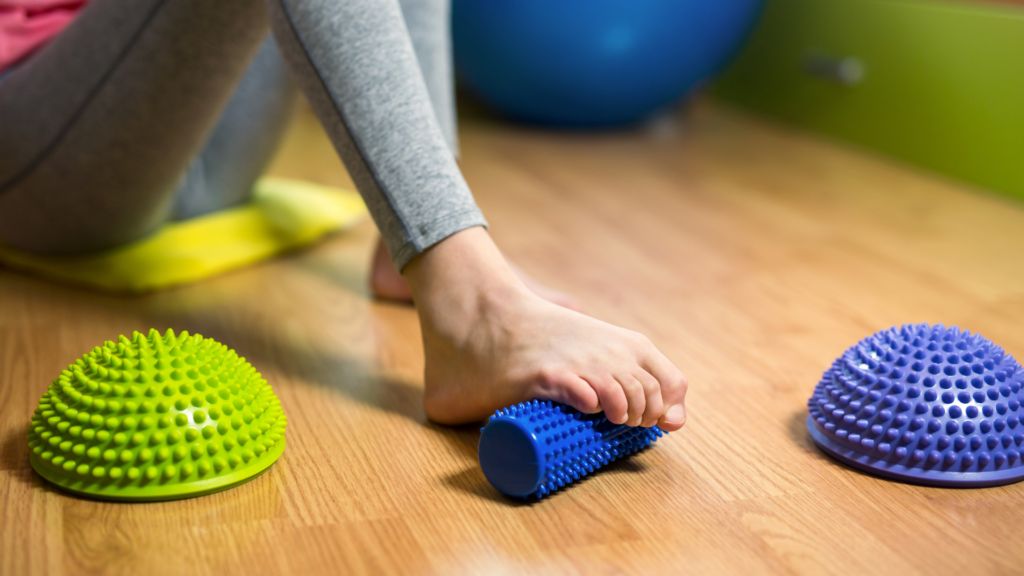
It is possible to perform certain foot exercises that can help to alleviate bunion discomfort and enhance mobility while also correcting a bunion and slowing the growth of a bunion. The following exercises are recommended for bunion correction:
ProsourceFit Acupressure Mat
Using the Prosource Fit Acupressure Mat and Neck Pillow Set, you may get relief from a variety of ailments such as muscular and joint pain, stress, sleeplessness, bunions, and other ailments.
This technique increases blood flow, aiding in the removal of toxins from the body and encouraging muscular recovery – making it perfect for use after a workout or during savasana at the conclusion of a yoga practice.
Although it is designed to be used while lying down, it may also be used when sat in a desk chair or on the sofa. To relieve tired feet after a long day at work, place it under your sitting legs, or place it on your stomach to aid with digestive processes.
Toe Points and Curls
This exercise is designed to strengthen the joints in your toe. It is accomplished by flexing the muscles in the soles of your feet.
You may do this by initially sitting on a surface with your feet around 6 inches off the ground. You can take a seat in a chair. Make a pointing motion with your toes and gently curl them. This exercise should be repeated approximately 2 to 3 times.
ChiFit Foot Roller Massage Ball
The ChiFit Bunions Rollers are a set of two-foot rollers, a spikey ball, and an instruction booklet that is easy to follow.
The use of the rollers replicates a deep, thorough Shiatsu massage, which may be used to successfully treat painful conditions such as plantar fasciitis, aching feet, and foot arch and heel discomfort, among others.
The ergonomically arched shape of the shoe easily supports the natural curvature of the foot and provides a secure fit.
With two rollers, you may massage both feet at the same time, providing immediate relief from painful, weary feet and ankles.
Workers who spend most of their time on their feet may find the set to be particularly useful. Aside from that, older folks with flat feet may find the set to be quite beneficial in alleviating unpleasant symptoms.
Spread-outs at the Toes
This exercise will assist you in strengthening your toe. This may be accomplished by sitting on a surface and placing one foot on the floor.
While keeping your heel firmly planted on the ground, lift and spread your toes. You should be able to perform this technique around 10 to 20 times on each foot.
Toe circles
Toe circles are good exercise when we talk about how to shrink bunions naturally.
This exercise aids in the mobilization of the joints in your toe, which helps to decrease stiffness. This exercise may be performed while sitting in a chair, leaning over, and gripping your toe with your other hand.
Then begin circling your toe 20 times in a clockwise direction. Continue to circle your toe anti-clockwise for another 20 circles in the opposite direction of the first 20 circles. Perform this procedure on each toe about 2 to 3 times.
Using an Exercise Band
Wrapping an exercise band over both of your big toes will allow you to do this workout. Tighten the band and, while keeping the band in place, move both of your large toes apart from each other and the other smaller toes.
With your toes, extend the band for 5 seconds and keep it there. Release the tension and repeat about 20 times.
HolisticFit Resistance Band with Foot Support
Because of its low weight and outstanding durability, this All-in-One Resistance Band with Foot Support and Cushioned Handles gives you a straightforward, dependable, and pleasant approach to relieve pain from bunions.
Taking advantage of its small size, you can bring it with your wherever you go and include a brief workout into your daily routine whether you’re at the office, on campus, traveling for business, or on vacation.
This will help you get the exercise you need to keep fit and healthy while on the move.
Ball Roll
You may perform this exercise by placing a tennis or lacrosse ball on the floor and then placing your foot on top of the tennis or lacrosse ball, as seen in the video.
Your foot should be used to roll the ball back and forth. Roll the ball for 3 to 5 minutes on each foot, on each side of the body.
Ball roll can be an easy cure for how to shrink bunions naturally.
Towel and Pull
A tiny towel or washcloth may be used for this exercise, which you can practice on the floor. Take a seat in a chair and grasp the towel with your toes, pulling it towards you and holding it for around 30 seconds. Continue this routine for a total of 5 minutes.
Marble Pickup
Place approximately 10 to 20 marbles on the floor and a bowl close by to serve as a centerpiece. To begin, sit down in a chair and, using your toes, pick up each stone and drop it into a basin of water. Grip each stone with your big toe and the toes on either side of it.
Figure Eight Rotation
Sit on a chair and lean forward. Then take your hand and wrap it around your foot. The toe should be moved in a figure 8 manner. Repeat the procedure on each toe ten times, then repeat it for two to three sets.
No doubt, the figure-eight rotation has a significant impact on how to shrink bunions naturally.
Walking on the Beach Barefoot
This practice is more akin to a foot massage than anything else. It aids in the strengthening of the muscles in your foot and toes. This workout may be performed on a beach or in an area with a lot of sand. For around 20 minutes, walk barefoot on the beach.
Raising Your Heels
Place one foot flat on the floor and one on the chair’s armrest. After that, you will raise your heel. While ensuring that the majority of your weight is distributed to the outside of the ball of your foot.
After elevating your heel off the ground, keep it in place for 5 seconds before lowering it back to the ground. This technique should be repeated ten times on each foot.
How to Shrink Bunions Naturally – FAQs
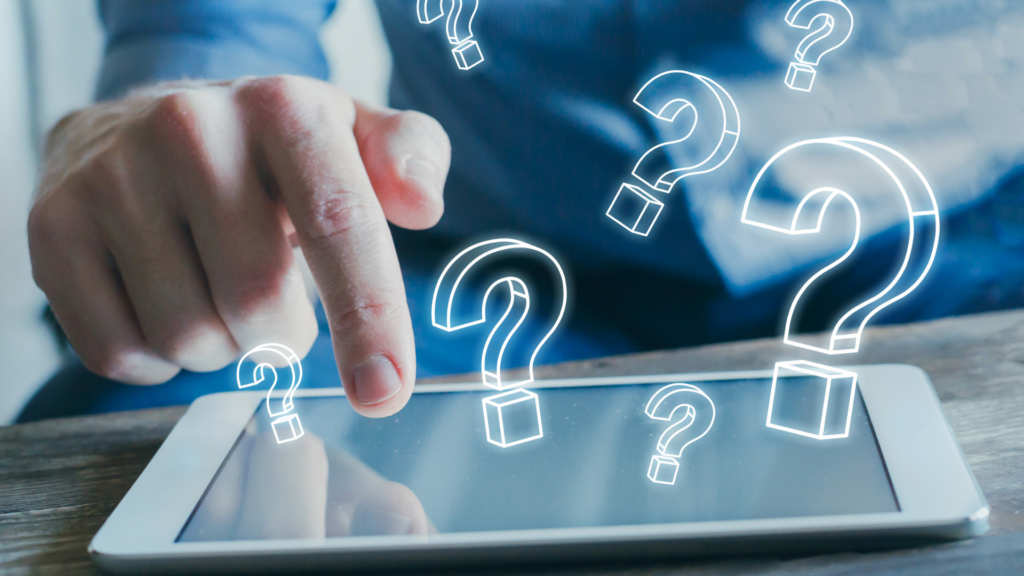
How to Shrink Tailor’s Bunions Naturally?
You can shrink Tailor’s Bunions in the following ways:
- Wide shoes with a low heel and a soft sole are recommended
- Try bunion pads to alleviate the pain
- Hold an ice pack
- Take paracetamol or ibuprofen to relieve the pain
- Make an effort to lose weight
How to Dissolve Bunions Naturally?
When they’re feeling fatigued or painful, soak them in warm water with Epsom salt. Use a moisturizer to keep them from becoming too dry. Periodically, have them massaged or rubbed by someone else. After a long day’s work put them up and give them some rest.
How to Stop A Bunion In Its Tracks?
You can stop a bunion in its tracks in the following ways:
- Make sure you’re wearing the proper shoes.
- Avoid wearing flip-flops.
- Shoes should be chosen based on comfort more than size.
- Stretch your toes as long as possible.
- Make sure you have enough space between your toes.
- Your bunions will be more comfortable if you cushion them.
Can Bunions Be Reversed?
Because bunions cannot be lessened or eliminated by stretching the foot or the use of items such as bunion pads or correctors –– and because bunions do not diminish over time –– the only option to get unattractive and painful bunions removed is through surgical removal of the affected foot.
How I Cured My Bunion?
Using moleskin or gel-filled pad, which you may get at a drugstore, you can keep the bunion protected. Shoe inserts can assist in keeping the foot in the proper position.
All the exercises mentioned in this article are an effective way for how to shrink bunions naturally.
These can be either over-the-counter arch supports or orthotic devices that are prescribed by a doctor. Wear a splint at night, as directed by a doctor, to keep the toe straight and relieve discomfort during the day.
Do Orthopedic Bunion Correctors Work?
No, bunions are not corrected by bunions correctors. Bunion correctors are only effective in alleviating the symptoms of bunions.
How to Get Rid of Bunions Without Surgery?
You can get rid of bunions without surgery in the following ways:
- Maintain a healthy weight by exercising regularly.
- Using moleskin or gel-filled pad, which you may get at a drugstore, you can keep the bunion protected.
- Shoe inserts can assist in keeping the foot in the proper posture.
- Wear a splint at night, as directed by a doctor, to keep the toe straight and relieve discomfort during the day.
What Does Bunion Pain Feel Like?
For you, bunion discomfort may manifest itself as a throbbing ache in your big toe or as pain that radiates into the ball of your foot, among other symptoms. If the swelling in your toe joint is pushing against a nerve, you may also suffer shooting pain in that area.
How Fast Do Bunions Grow?
This is another concern besides our main topic of how to shrink bunions naturally.
Bunions develop gradually over time, generally over a period of years. They may first appear to be more bothersome than unpleasant, but with time, they can become severe and cause a number of problems.
Swelling, redness, peculiar tenderness, and/or discomfort are frequently present near the base of the big toe.
Do Bunion Splints Work?
The simple answer to this question is no. Bunion splints do not have any effect on the treatment or prevention of bunions.
In the foot, bunions are caused by an imbalance in the position of various joints and bones. This imbalance can arise as a result of years of pressure being applied to the foot.
How Do You Get Bunions?
A bunion is most likely to form when the feet of those who are vulnerable to the condition are regularly forced into tight, pointed-toe shoes.
The big toe pushes up on the other toes, even diving over or under them to obtain a better position. Consequently, the joint at the base of the big toe — the metatarsophalangeal (MTP) joint — protrudes outward or angles out from the foot.
How Long Does It Take for Bunion Splint to Correct?
Since we discussed how to shrink bunions naturally, it is important to talk about how long it takes to cure.
Recovery takes 3–4 weeks, and most patients are required to wear a postoperative shoe during this time. It is possible that the bunion will not be corrected because of the deformity that created it.
The procedure is the same as for a moderate bunion. With the addition of osteotomy (cutting) of the metatarsal head to realign it into correct alignment. Screws or pins are used to secure the bone in its new position.
Are Bunions Salt Deposits?
Bunions are really salt deposits that have formed over time. Influenza, tonsillitis, gout, poor metabolism, incorrect diet, rheumatic illness, and wearing uncomfortably fitted shoes are all factors that contribute to their development.
Do Bunions Affect Balance?
As your bunion develops, it will have an impact on the way your foot contacts the ground and how you distribute your weight.
This can result in issues that gradually progress up the kinetic chain, to the knees and hips, and beyond. Bunions can also cause you to lose your equilibrium, which can lead to a fall, especially if you are old.
Can You Reverse A Hammer Toe?
When you address the hammertoe in its early phases, while the afflicted toe is still flexible, you can successfully manage them without surgery in many situations.
The importance of seeking treatment at the first indication of a growing hammertoe cannot be overstated in order to get the best possible outcome.
Does Bunion Taping Work?
KT Tape can assist in how to shrink bunions naturally, resulting in bunion pain reduction, as well as the improvement of blood flow to the affected regions, resulting in an improved anti-inflammatory impact and pain relief.
Those who suffer from bunions should always choose shoes that are not limited in any manner.
Do Toe Separators Work for Bunions?
There are numerous non-surgical therapies for bunions available. But it’s important to remember that these just alleviate the symptoms of the condition and do nothing to cure the deformity of the joint.
Bunion pads, toe spacers, and bunion splints are examples of devices.
Do Bunion Exercises Work?
Special foot exercises would not cure the bunion since it is a biomechanical deformity.
How to Disguise Bunions?
Toe spacers can be used at night or while wearing shoes to alleviate strain on the toes. Provide cushioning for your bunions.

